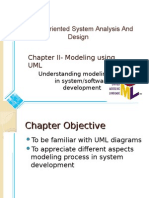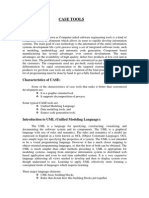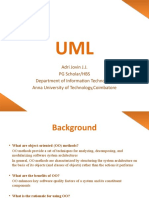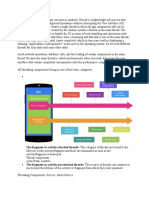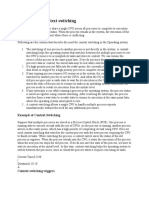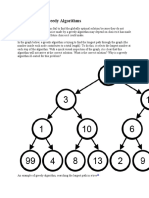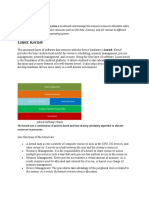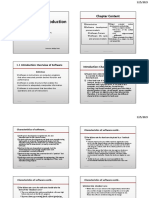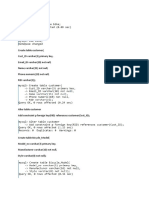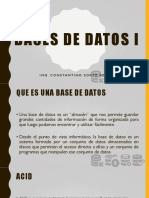0% found this document useful (0 votes)
84 views60 pagesUML ChapterTwoLecture
The document discusses the Unified Modeling Language (UML). It describes how UML was created in the 1990s by combining several existing object-oriented modeling languages into a single standard. UML includes structure diagrams, behavior diagrams, and other diagramming techniques to model systems from analysis through implementation. It also defines common notations used in UML diagrams to represent various modeling elements like classes, objects, use cases, and relationships.
Uploaded by
Tedla MelekotCopyright
© © All Rights Reserved
We take content rights seriously. If you suspect this is your content, claim it here.
Available Formats
Download as PPT, PDF, TXT or read online on Scribd
0% found this document useful (0 votes)
84 views60 pagesUML ChapterTwoLecture
The document discusses the Unified Modeling Language (UML). It describes how UML was created in the 1990s by combining several existing object-oriented modeling languages into a single standard. UML includes structure diagrams, behavior diagrams, and other diagramming techniques to model systems from analysis through implementation. It also defines common notations used in UML diagrams to represent various modeling elements like classes, objects, use cases, and relationships.
Uploaded by
Tedla MelekotCopyright
© © All Rights Reserved
We take content rights seriously. If you suspect this is your content, claim it here.
Available Formats
Download as PPT, PDF, TXT or read online on Scribd
/ 60








